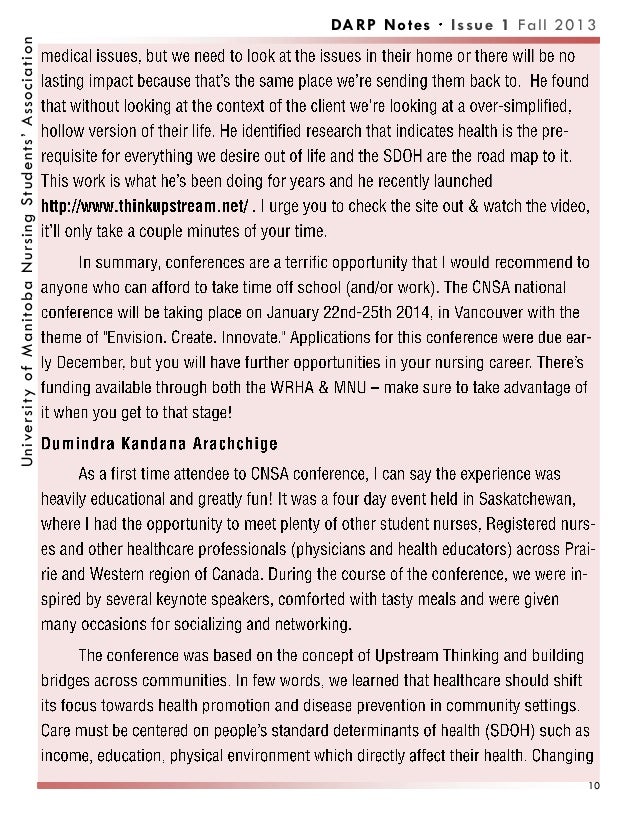

Client stated, “I think I will be able to follow these strategies and I will check out the supports in the next couple of weeks.” Nurse’s signature, designation -Ĭase summary: A 62-year-old client, identifies as male with pronouns of he/his, who is one month post cerebrovascular accident on a rehab unit. Client noted that he will check out the university website for supports. R: Client acknowledged resources provided and stated will try to increase his exercise to help focus their restless mind, continue to meet with the school counsellor to discuss feelings, and will try to practice positive self-talk when feelings of fear begin to become overwhelming. Follow up appointment booked for three weeks.

#DARP NOTES EXAMPLES HOW TO#
Discussed how to access potential resources at university site including learning supports and mental health supports. Collaborated with client in identifying stress management techniques client can do prior to going into university including developing a peer support network, positive self talk, and walking daily. A: Discussed client’s fears about transitioning to university. Client restless, fidgeting legs during interview, and chewing on fingernails. Nurse’s signature, designation -Ĭase summary: A 17-year-old client, identifies as male with pronouns he/his, came into the clinic following a high school counsellor’s suggestion after sharing feeling worried about going to university.ĭ: Client stated, “I’m feeling really worried about starting university on my own.” Client asked questions about how to control restless mind and how to manage his stress. Client will follow up with primary care provider within 24 hours to discuss a gradual return to physical activity plan. Client and partner verbalized understanding of critical finding signs and symptoms and to seek care if symptoms get worse or additional symptoms appear. Encouraged to limit physical and cognitive activities that provoke symptoms and to not engage in physical activities that are higher risk of another concussion while still having symptoms. Discussed concussion protocols and critical finding signs and symptoms that need immediate medical attention. The centre of client’s forehead has a red swollen lump approximately 4cm in diameter. Pupils are round, equal in size at 3mm, and reactive to light bilaterally. No difficulty speaking, understanding or answering assessment questions. Client is alert and orientated to person, place, time and self. Client states “I have a headache.” Rates pain 3/10. After the accident, they immediately sailed back and came to the ER. According to the client’s partner, the client regained consciousness within one minute.Ĭlient stated it was their first sailing lesson and they were “hit square in the forehead with the mast and I was out.” The client was unconscious for less than one minute according to their partner who was in the boat. Narrative method of documentation – Loss of consciousnessĬase summary: A 47-year-old client, identifies as transfemale with pronoun they/their, came into the emergency department after losing consciousness from being struck in the head from a boating accident. In each of the examples, the following is printed at the end “Nurse’s signature, designation”, but ensure that you sign your name and insert your specific designation. Carter’s VS are 104/76, pulse 68, respirations 24 and still labored, temp 38.8.Examples of four methods of documentation are included in this section. Jane requests that you obtain an chest x-ray, sputum sample, blood work, and start her on oxygen per nasal cannula 3 L/min.īy 8:30 pm the x-ray, sputum sample and blood work have been completed. Carter tells Doctor Jane she is still achy and that she is having trouble breathing. She has Tylenol 325 mg po q4h ordered for elevated temperature.Īt 8:00 pm Doctor Jane visits and examines patient. You leave the room and discuss your findings with the supervisor and check her nursing orders for antipyretic medications. You also change her gown and wash her hands and face. Carter a glass of water and ask her to drink as much as she can. Her VS are 140/80, pulse is 140 and reg., respirations 24 labored and temperature 40.5. You ask her if she has pain anywhere and she says “No, I am just achy ”. When you go into the room she tells you that she is feeling ill, she is cold and her blankets are wet. You are Ms Carter’s nurse, working an evening shift.Īt 7:30 pm she rings her bell.

I have done one but not quite sure if I am on the right track. Can anyone help me complete the below scenerio using the DARP charting method. I am a nursing student, I am now learning how to do charting.


 0 kommentar(er)
0 kommentar(er)
